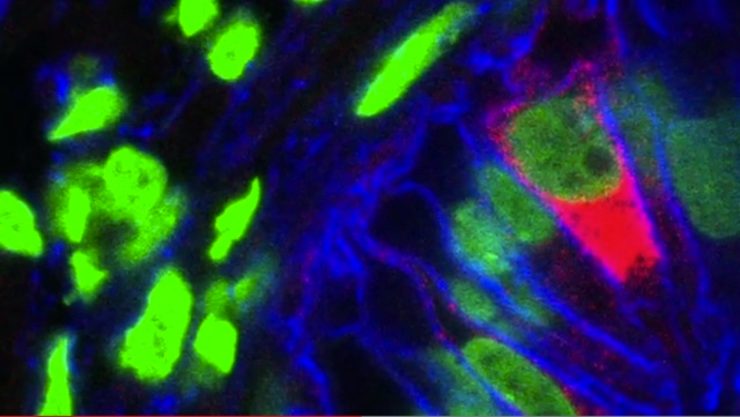SUMMARY
This is AI generated summarization, which may have errors. For context, always refer to the full article.

PARIS, France – Scientists using stem cells said on Wednesday, October 29, they had built the world’s first “mini-stomachs” – tiny clusters of human gastric tissue that could spur research into cancer, ulcers and diabetes.
Called gastric organoids, the lab-dish tissue comprises buds of cells that are “a miniature version of the stomach”, the researchers said.
They were made from pluripotent stem cells which were coaxed into developing into gastric cells, according to the study, published in the journal Nature.
Youthful and versatile, pluripotent stem cells have excited huge interest as a dreamed-of source for transplant tissue grown in a lab.
Sources for them include stem cells derived from early-stage embryos and adult cells reprogrammed to their juvenile state, called induced pluripotent stem cells (iPS).
But the field has encountered many problems, led by the challenge of getting cells to “differentiate”, or become cells for specific organs.
The exploit entailed identifying the chemical steps that occur during embryonic development, when cells differentiate into the specific types that form the stomach.
These steps were then replicated in a Petri dish so that pluripotent stem cells developed into endoderm cells, the building blocks of the respiratory and gastro-intestinal tracts.
These were then biochemically nudged into becoming cells of the antrum, the stomach region that secretes mucus and hormones.
Still at a preliminary stage, the organoids are a long way from being replacement tissue or a fully-fledged stomach.
Early tests on mice, though, suggest they could one day be a “patch” for holes caused by peptic ulcers.
The organoids also mark an important step forward in how to tease stem cells into becoming 3-D structure, the scientists said.
And, as “mini-stomachs,” they also provide a testbed for studying diseases such as cancer, diabetes and obesity, the team said in a press release.
“Up until now, there’s been no good way to study stomach diseases in humans,” said Jim Wells, a researcher in developmental biology at the Cincinnati Children’s Hospital Medical Center in Ohio.
“The human stomach is very different than the stomach of other animals. The different cells and their structure and arrangement in our stomach tissues in a dish were virtually identical to that that we would find in the stomach normally.”
In a first experiment, the researchers have used the organoids to see how the notorious ulcer-causing germ Helicobacter pylori infects cells lining the stomach, the Cincinnati facility said. – Rappler.com
Add a comment
How does this make you feel?
There are no comments yet. Add your comment to start the conversation.